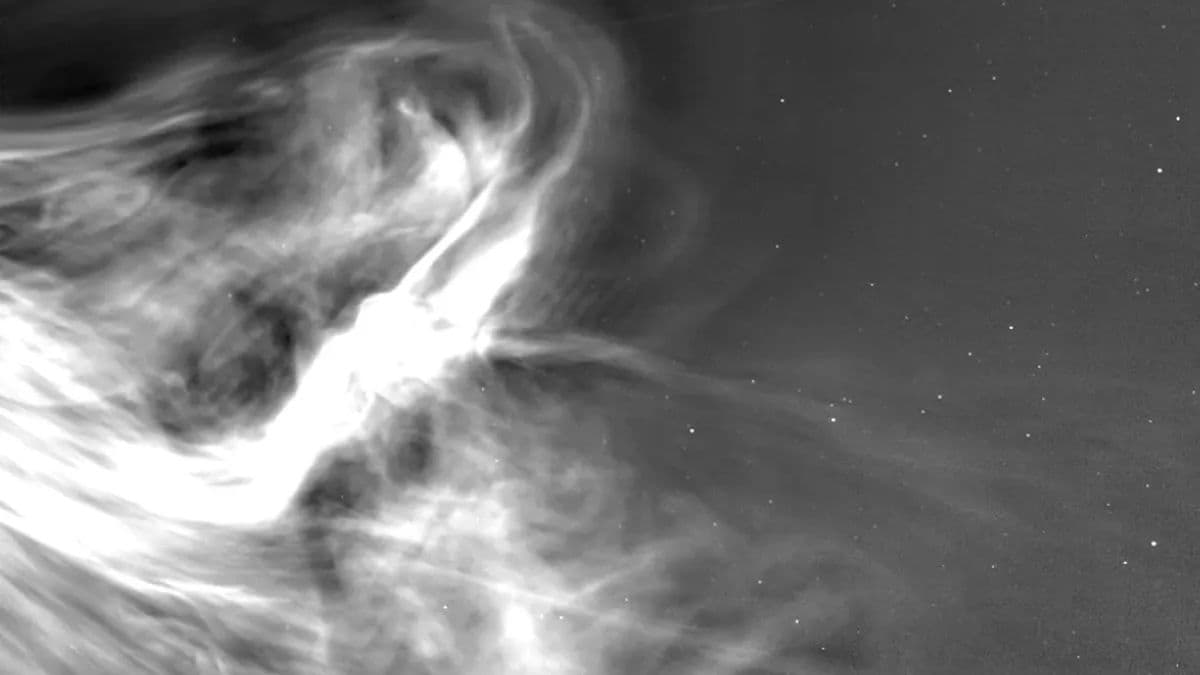
The Parker Solar Probe has truly achieved a historic milestone in solar exploration. In July 2025, NASA released the closest-ever images of the Sun, taken just 3.8 million miles from its surface. On Dec. 24, 2024, Parker flew 3.8 million miles from the Sun’s surface, entering the outer corona. During this pass, Parker’s Wide-Field Imager (WISPR) snapped the nearest-ever photographs of the Sun, showing the Sun’s corona and the solar wind in unprecedented detail. These images reveal new solar eruptions (coronal mass ejections) and magnetic structures, transporting us into the Sun’s dynamic atmosphere and helping scientists improve space weather forecasts.
Historic Flyby Delivers Unprecedented Solar Views
According to NASA, in the record-breaking Dec. 24, 2024 flyby, Parker’s WISPR snapped the closest-ever images of the Sun’s atmosphere as the probe skimmed just 3.8 million miles (6.1 million km) from the star. NASA released video and still frames showing the Sun’s corona and freshly released solar wind. The new frames reveal, for the first time in high resolution, features like the heliospheric current sheet (the magnetic boundary that flips polarity) and collisions of multiple coronal mass ejections (CMEs). As imaging scientist Angelos Vourlidas notes, the CMEs are “basically piling up on top of one another” in these views.
Insights into Solar Wind and Space Weather
NASA scientists say these images mark a major advance in understanding how the Sun drives space weather. Associate Administrator Nicky Fox notes that Parker’s close-up view lets us see “where space weather threats to Earth begin,” providing data to significantly improve forecasting.
The WISPR images also confirm key theories about the solar wind: Parker found there are two kinds of slow wind — one emerging from helmet streamer loops and one from coronal holes — helping pin down their origins. Project scientist Nour Rawafi says solving this “big unknown” is now within reach, with Parker bringing us “closer than ever to uncovering their origins”. These breakthroughs will help protect astronauts, satellites and technology from dangerous solar storms.




